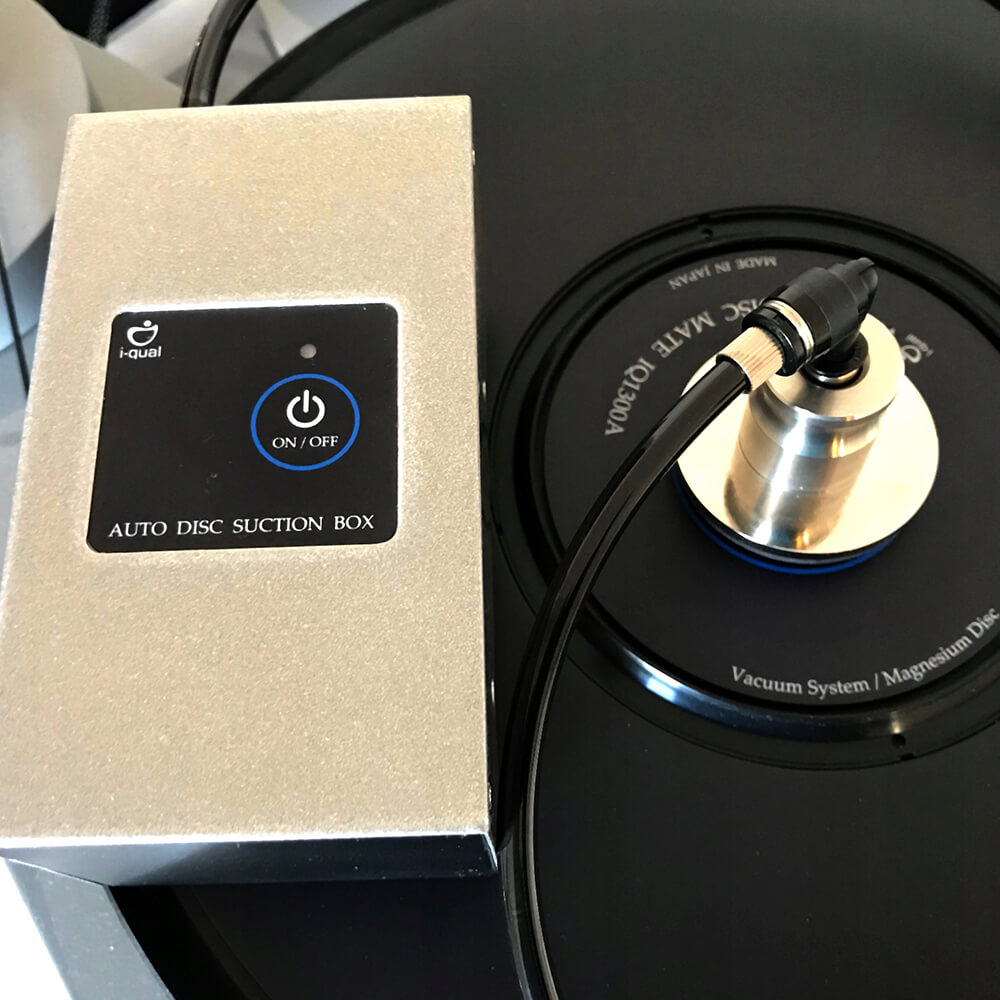Ron,
there is also the build dilemma of aspiring to have perfectly quiet (absence of any sound) circuits with a zero load, but the best performing one's are not necessarily that way. with a load their musically significant noise level is very, very low, allowing the music to be unfettered, but with no load and your ear to the tweeter you hear something.
which is more 'natural'? dynamic or static blackness? does the process of eliminating static zero noise, strangle part of the musical flow and ambience?
and pardon me if as a non techie my words are not conveying what my mind is attempting to.
for myself, how my system sounds with zero load is not that relevant (within limits). most visitors do view my system as quiet....as do i.
I agree. I ineluctably have to agree given that I accept the noise of an all tube phono stage.







